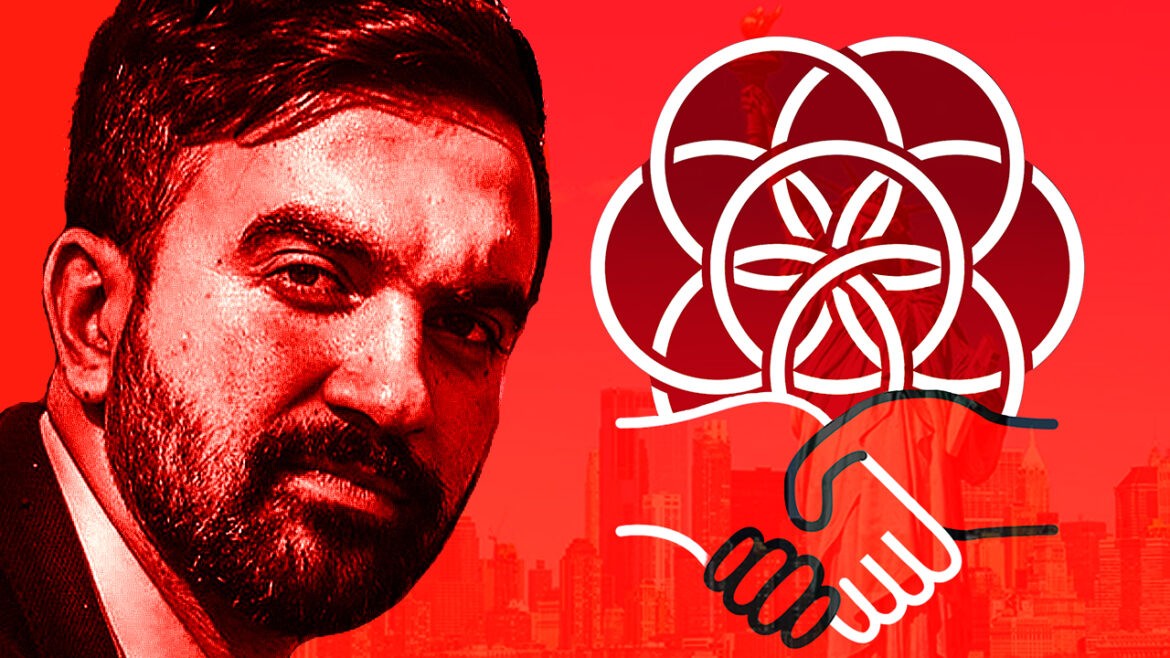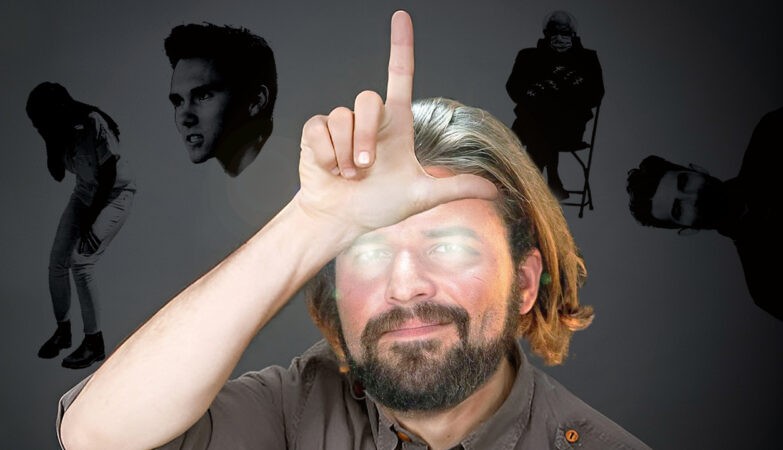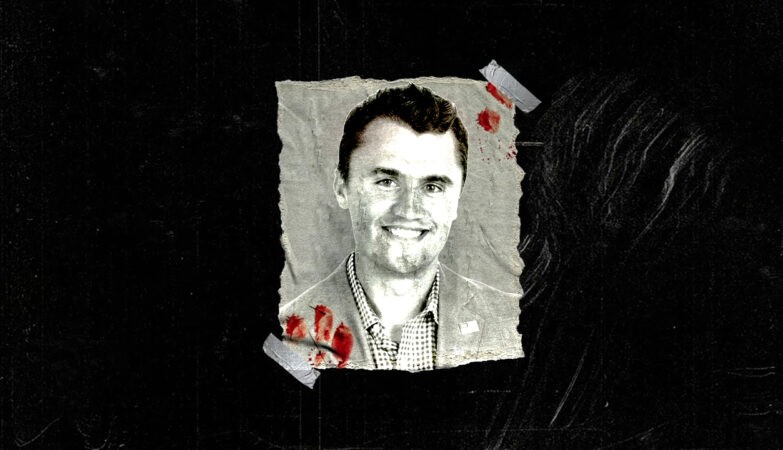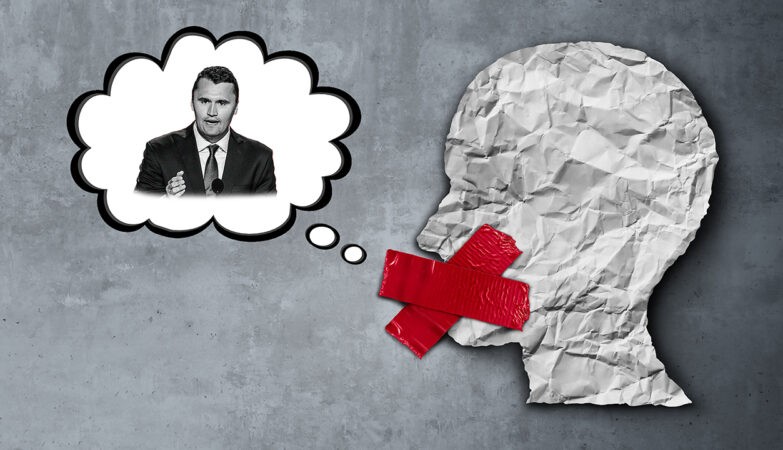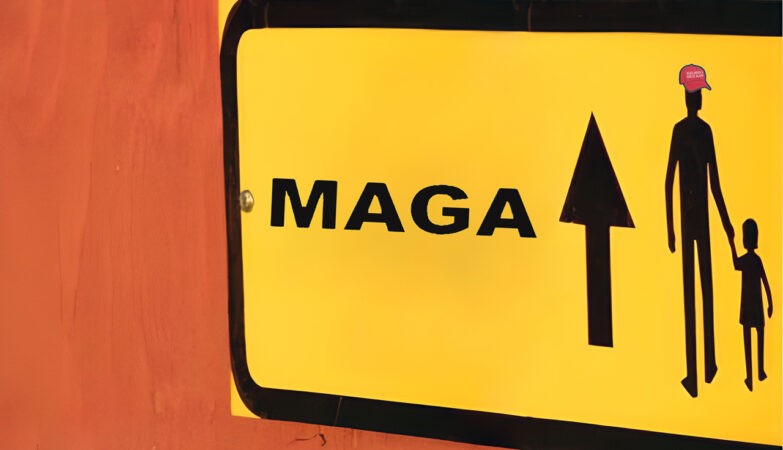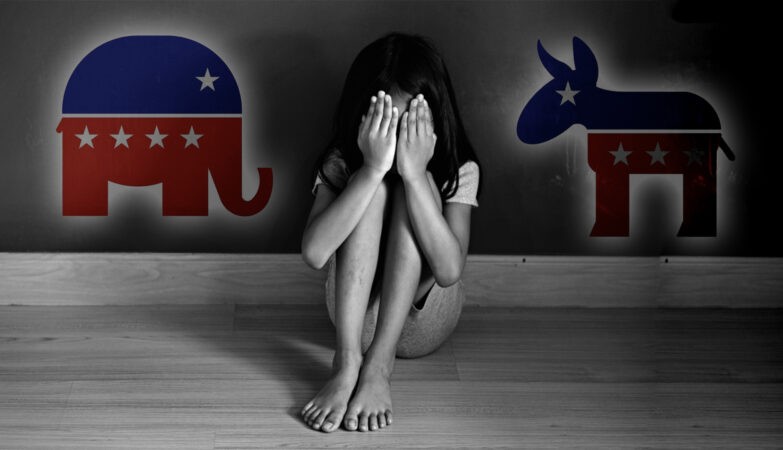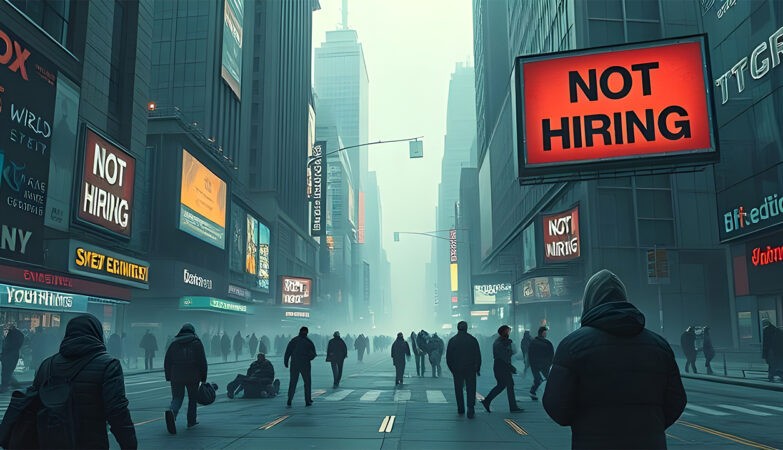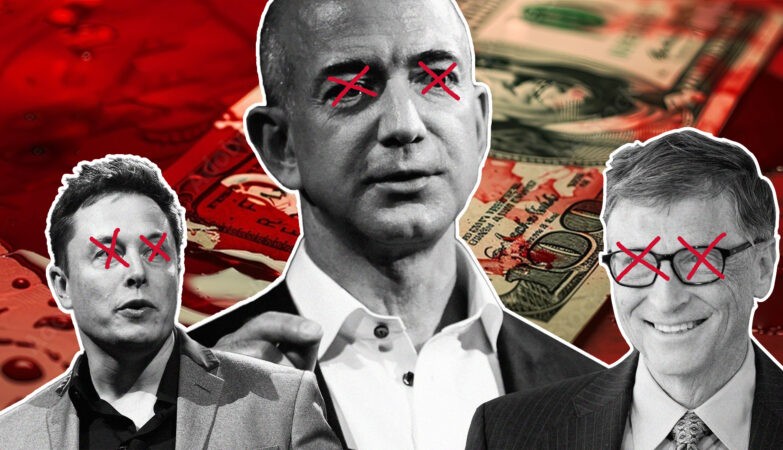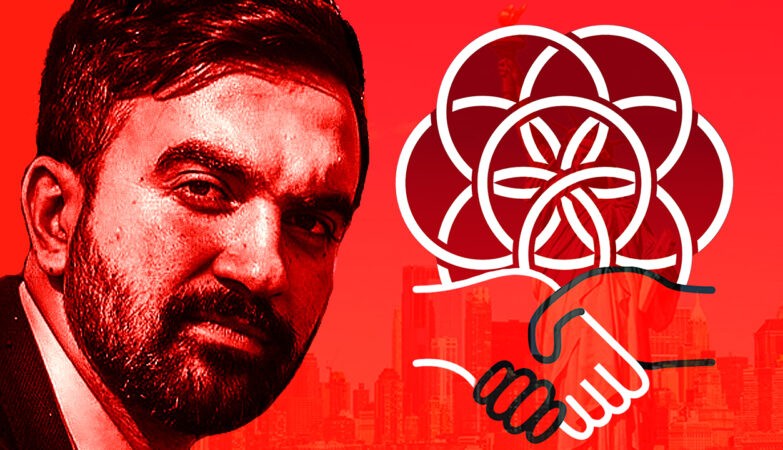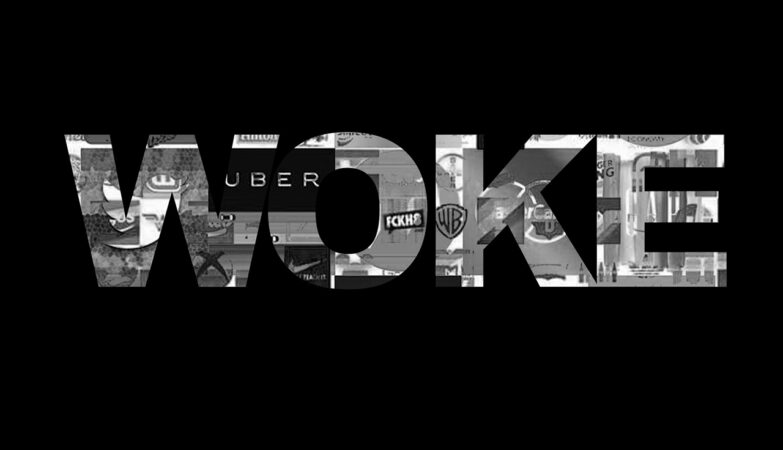America was shaken up on the 24th of June, 2025. Something rare and in my opinion, forthcoming happened in New York City: a Ugandan-Indian-American self-proclaimed democratic socialist won the race for mayor. Against all odds. Against the status quo. Against money, Islamophobia, racism, and the one percent. Zohran Mamdani’s landslide victory in the United States’ most economically powerful city and one of world’s financial hubs shows quite clearly that at least for New Yorkers, American people are quite fed up with the state of the country.
Given the astronomical inflation since COVID alongside power grabs from the massive corporate entities and elites that essentially control our nation, it’s really no surprise.
For years, the left slowly but eventually replaced long-time and traditional no-liberal Democratic politicians with left-leaning advocates such as Bernie Sanders, AOC, the “Squad”, and Greg Casar, just to name a few. The elections of Donald Trump and Joe Biden temporarily haltered this movement, but we eventually arrived at the current reality given neither cabinets were able to solve the economical crisis we’ve been facing. The Biden administration barely put in any effort to resolve skyrocketing living costs and the Trump administration just lied about their failed attempts at resolutions to everyone’s faces.
While the left have been slowly purging the ranks of the Democratic Party, so have the right. We have seen a massive shift over the years in the party of elephants. Traditional Republicans such as John McCain, George W. Bush, and those alike, also known as “RINOS” simply aren’t tolerated anymore.
The new right includes (or shall I say included) minds such as recently deceased Charlie Kirk, Candace Owens, JD Vance and sadly, even racist virgin, Nick Fuentes.
While it was necessary to break up the rightfully coined “uniparty” of congressional leaders who refused to allow any real change in America, there is unfortunately a pretty terrifying side effect to this shakeup.
The growth of more extreme political parties and ideals. The acceptance of socialism, and much worse, communism are at all time highs. On the other side, the promotion of fascism and oligarchism.
People have grown tired of the old solutions and want something more, except no one has any better ideas than those tried in the past.
Increasing Support for Socialist Policies
Since the Occupy Wall Street protest against capitalism began in 2011, pollsters have occasionally asked Americans about their views of socialism and capitalism, but the subject has much deeper roots in survey history. Some of the earliest questions in the Roper/Fortune and Gallup polls from the 1930s explored the fundaments of the idea. When people were asked in an open-ended Gallup question from 1949, 34% volunteered that socialism meant government ownership or control of utilities and other things, but 36% couldn’t give a definition.
In a 2010 CBS News/New York Times poll, 20% said it meant government control, while a quarter said they didn’t know. Gallup’s estimable Frank Newport wrote that for many people, and especially the young, the definition of socialism has broadened. “While many still view socialism as government control of the economy, as modified communism and as embodying restrictions on freedoms in several ways, an increased percentage see it as representing equality and government provision of benefits.”
Gallup began asking people in 2010 whether they had a positive or negative impression of socialism, and the findings have been remarkably stable in six questions asked since then, with slightly less than 40% giving a positive response. Around 60% have been positive about capitalism.
Shortly before Mamdani’s victory, Cato released the Cato Institute’s 2025 Fiscal Policy National Survey providing fresh data. In three separate questions in the March poll, Cato asked about favorable or unfavorable views of capitalism, socialism, and communism. Fifty-nine percent had a favorable view of capitalism (41% unfavorable). Socialism was less popular at 43% favorable and 57% unfavorable. Finally, 14% had a favorable view of communism.
In this poll, like earlier ones from other organizations, young people and Democrats had more favorable views of socialism and less favorable views of capitalism. There was a straight age progression in responses on the socialism question: 62% of 18-29 year olds had a favorable view, compared to 32% of those ages 65 and older. There was a huge partisan gap: 67% of Democrats had a favorable view compared to 17% of Republicans. Men were less sympathetic to socialism than women.
As for capitalism, half of the youngest age group had a positive view but 73% of the oldest age group did. Half of Democrats were positive compared to 75% of Republicans.
New York City Will Be the Testing Grounds
New York’s Scandinavia-on-the-Hudson model already costs billions annually in combined state and local spending.
What does that money buy?
The case for American social democracy rests on the claim that if government were more generous, we would enjoy stronger economic growth, a healthier middle class, and public spaces as clean and orderly as those of major European cities. New York delivers on none of these fronts.
The city is still wealthy but grows slowly. Its middle class is fleeing. Public disorder remains chronic. Though New York continues to attract a disproportionate share of talent, the quality of its public services hardly justifies the cost of living. Progressives insist that there’s no reason America can’t be more like Sweden. They need to confront New York’s actual experience with big government.
Transit, housing, labor, and health-care benefits may likely be the social policies that best exemplify the social-democratic enterprise. In these areas, New York can try harder to deliver something that approaches progressive ambitions.
Between 2012 and 2023, New York City experienced a net domestic out-migration of about 670,000 middle- and upper-middle-income households. New York is increasingly becoming a city of intergenerational poverty, on the one hand, and intergenerational wealth, on the other. New York explored the latter dynamic in a February 2025 cover article: “If you know someone under 50 who’s living like it’s the ’90s—who owns their apartment, who’s out every night, or who sends their kid to private nursery school and still has money left for vacation—it’s safe to assume there’s a baby-boomer behind them.”
Manhattan Institute president Reihan Salam has suggested that resentment of this city-of-heirs dynamic helped Mamdani secure victory in this year’s Democratic primary. Yet even many of Mamdani’s ostensibly privileged supporters appear eager to exchange reliance on parents for reliance on government, which he pledges to expand.
In the Scandinavian vision, as former Swedish prime minister Stefan Löfven once told a New York University audience, “the welfare system must work as a trampoline.” That’s not an image evoked by the South Bronx, with its chronic stasis and city-leading rates of social-program use.
A mid-2010s study by the New York comptroller’s office found that about one-fifth of homeless families were headed by an adult who, as a child, had spent some time in a city shelter. Harvard economist Raj Chetty, the leading scholar of U.S. mobility, has ranked regions for their success in facilitating intergenerational advancement. In one recent study that he led of the top 50 metros, New York ranked in the middle, one of those urban areas now seeing more downward than upward mobility.
New York’s record on poverty alleviation is mediocre, despite no lack of awareness of the problem (it’s the media capital), an extensive philanthropic sector that adds private to already-great public resources, and a strong concentration of clinical and other professionals that other U.S. communities could only dream of enjoying.
The assumption that ever-larger health and human services will naturally yield a better social order—because Scandinavia looks pleasant—is a shaky proposition, at best. If Europe has less vagrancy because it is more generous, why does New York suffer far more of it than the American cities that it vastly outspends?
New York is the land where the Great Society never died. No social problem is thought too daunting for government to solve, given sufficient will and resources. Ronald Reagan challenged the notion that government’s natural tendency is expansion. In New York, that belief endures.
- https://medium.com/policy-panorama/he-made-the-earth-shake-zohran-mamdani-and-the-future-of-socialism-38ae2ae39742
- https://www.aei.org/op-eds/surveys-on-socialism-and-zohran-mamdani/
- https://www.city-journal.org/article/new-york-city-social-democracy-welfare-programs-scandinavia
- Cutting Off Food Stamps Isn’t Fixing the Economy - November 9, 2025
- The New NYC Mayor Proves That Socialism Is Inevitable - November 9, 2025
- Child Rapist and Ex-Rockstar Ian Watkins Has Been Cleansed from Society - October 13, 2025

